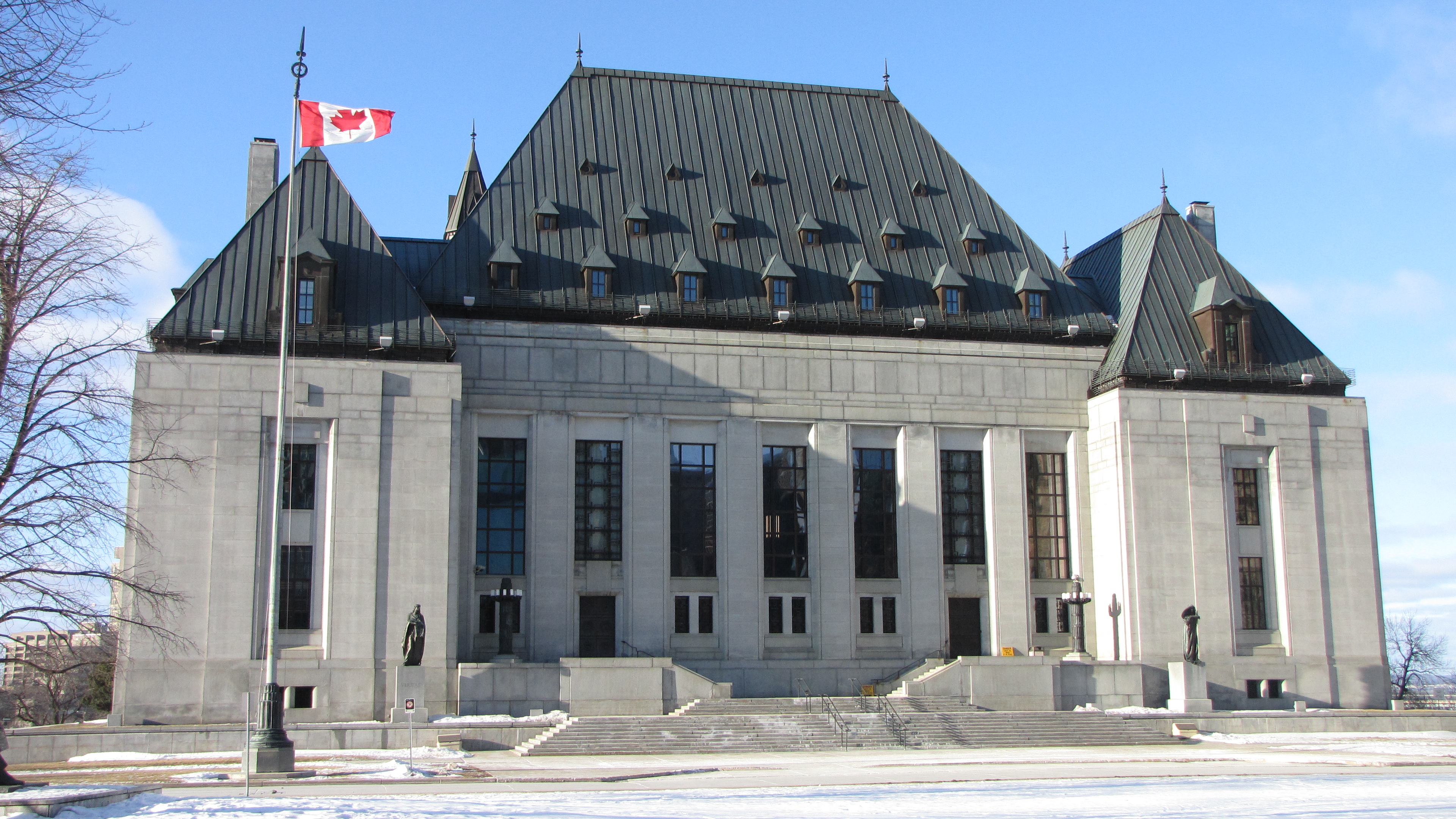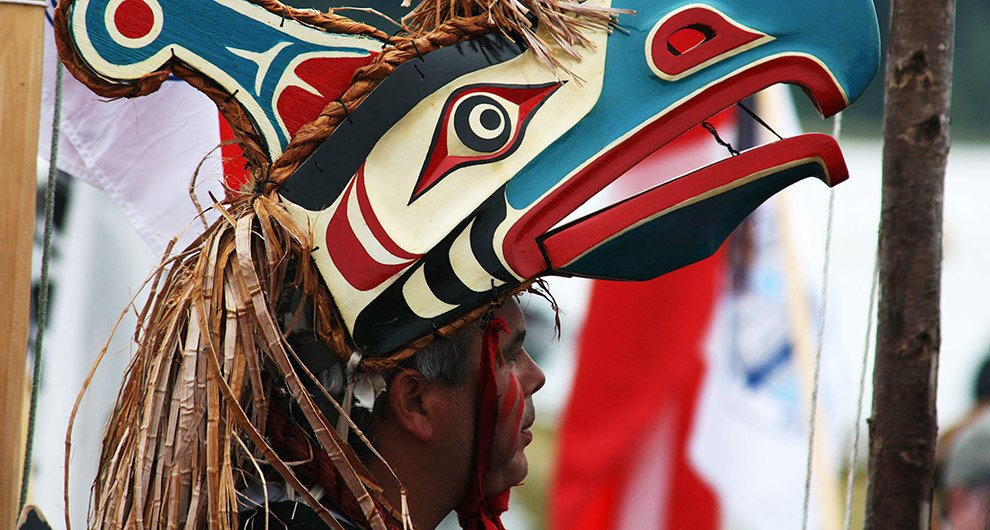Legal Definition
From the political perspective of the judiciary system, Aboriginal rights refer to the practices, traditions, and customs that are integral to the culture of First Nation groups, and that were established prior to European contact (BC Treaty Commission, 2009; Province of BC, 2014). Aboriginal title refers to a type of Aboriginal right that includes a right to the land itself, and encompasses the right to exclusive use and occupation of the land for a variety of purposes (BC Treaty Commission, 2009; Tsilhqot’in, 2007). Aboriginal interests refer to a range of potential, claimed, or established aboriginal rights, including treaty rights and aboriginal title (Province of BC, 2014). Such definitions of Aboriginal rights originate from within the western Eurocentric paradigm of BC’s legal system. Established through federal law, case law, and the legislative process, these definitions reflect the views of those empowered within the judiciary system – namely, judges, attorneys, politicians, and the like – and are fairly nebulous and broad. While such broad conceptualizations provide for the expression of Aboriginal rights in myriad forms, their lack of specificity leaves First Nations peoples vulnerable to having their needs, hopes, and values ignored, and creates ambiguity for those working with First Nations. For this reason, it is increasingly recognized that Aboriginal peoples must be afforded an active role in defining their rights, and in the development of policy that may affect them (Standing Senate Committee on Legal and Constitutional Affairs [SSCLCA], 2007, p. 27).
Cultural Definition
In order to honor and respect Aboriginal interests during the consultation process, it is imperative that both the Crown and forestry professionals understand the unique values, needs, culture, history, and lived experiences of the Aboriginal peoples with whom they work (Tsilhqot’in, 2007). As Aboriginal rights are culturally based, grounded in history, and reflect First Nations values, it is imperative that forestry professionals understand how each First Nations group they engage with conceptualizes and defines its own rights (Law Commission of Canada, 2006; Tindall & Trosper, 2013b). While each group may describe their rights differently – according to the cultural context, geographic factors, present-day circumstances, etc. – several elements are integral to Aboriginal people’s conceptualization of their rights. These elements include:
- the right to their identity as Aboriginal people
- the right to self-determination
- the right to their traditional, ancestral lands
- the right to continue their traditional practices while maintaining ecological, recreational, social, and cultural values
(The Aboriginal Justice Commission, 1999; Turning Point Initiative Coastal First Nations, n.d.)
In the context of BC’s forestry sector, respect for the land – expressed through “the respectful interaction between the forest and the Aboriginal people of today for the benefit of generations unborn” – reflects a crystallization of these rights, and can be considered one of the the most important guiding principles in Aboriginal forest management (Parsons & Prest, 2003, p.780). In order for Aboriginal rights to be ensured in perpetuity, the land base must managed in ecologically, culturally, and economically sustainable ways. This is due to the interconnectedness of culture, nature, identity, and livelihood in Aboriginal ontologies. For Aboriginal peoples, the land is a cultural reservoir, a source of knowledge, and an intrinsic part of personal and cultural identity (The Aboriginal Justice Implementation Commission, 1999). Since “time immemorial,” the land has provided Aboriginal peoples with both spiritual and material sustenance; thus, Aboriginal peoples view the entire land base as sacred (Indigenous Foundations, 2009b). As such, they believe they have a duty to use the land sustainably, which arises from their “relational accountability” to all living things, and their belief that humans are a part of – rather than separate from – the natural world (Sunseri, 2007). As an extension of this responsibility, Aboriginal peoples believe that sustainable land management must ensure that present and future generations are able to engage in traditional spiritual, cultural, and livelihood practices in ways that do not detract from the well-being and longevity of local ecosystems (Council of the Haida Nation, 2005). Since “any activity that irreparably damages the land irreparably damages First Nations culture,” and culture is intrinsically tied to Indigenous identity, sustainable management of trees, plants, and animals on traditional and ancestral lands is integral to the ability of Aboriginal people to fully enjoy their rights (Booth & Skelton, 2011, p.370). Thus, it can be seen that Aboriginal rights to land, culture, and identity converge in the realm of natural resource management, and that self-determination – expressed through the inclusion of Aboriginal values and visions of sustainability in forest management – is essential to the protection and realization of these rights (Law Commission of Canada, 2006).


